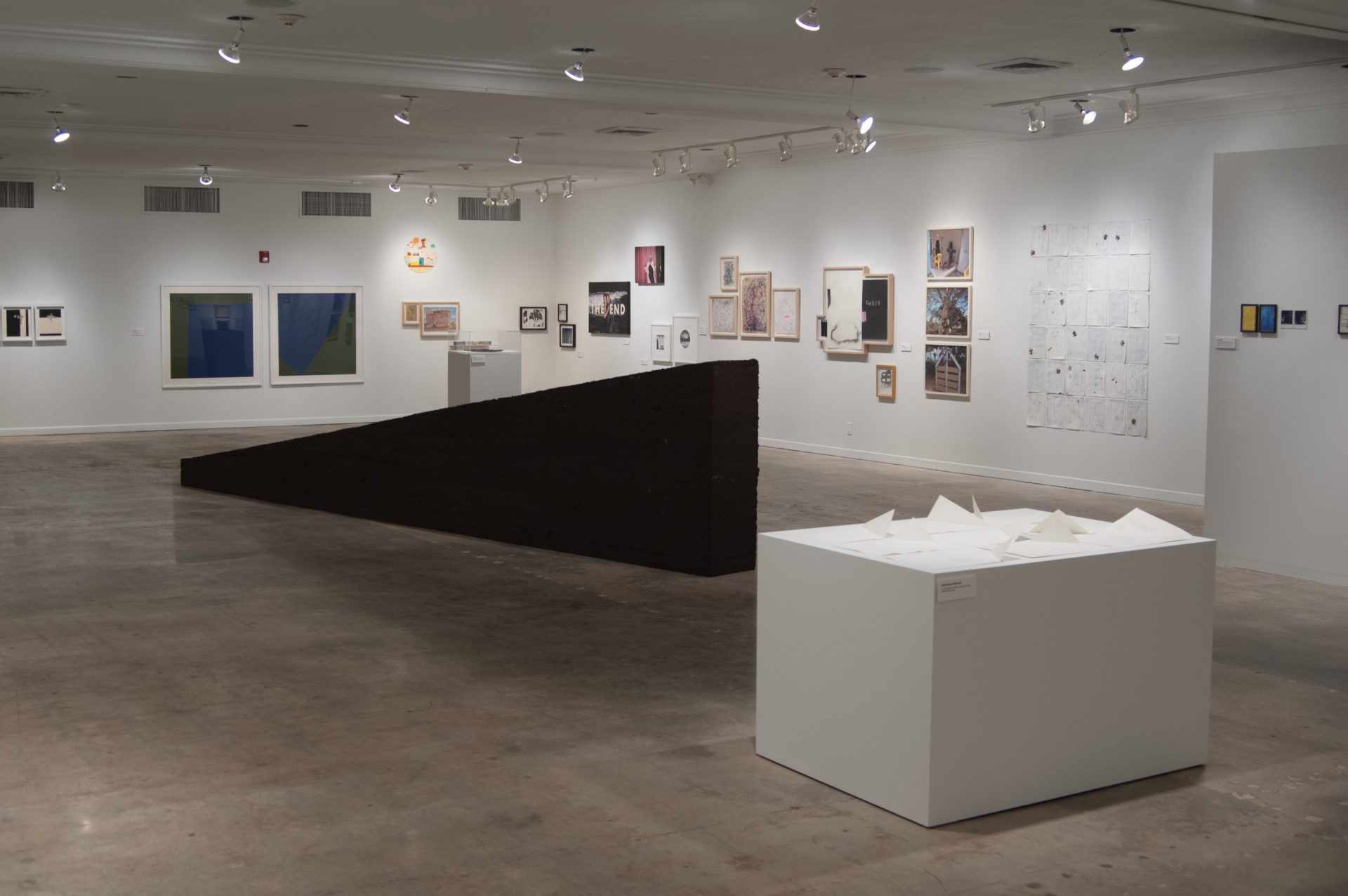Paris Curator Gael Charbau on Subversion and Art:
Published: August 9, 2013“As an inaugural chapter of a series of interviews with young curators, BLOUIN ARTINFO spoke with Gaël Charbau, who was born in 1976 and works in Paris. Charbau is the former editor-in-chief of the contemporary art journal ‘Particules’ and has directed the critical panel of the Salon de Montrouge contemporary art show since 2009. Most recently, he has organized ‘Condensation,’ a show that is part of the ‘Nouvelles Vagues’ series at Paris’ Palais de Tokyo. Charbau discussed how the field is changing and the challenges curators are facing today.
‘Condensation,’ your project for ‘Nouvelles Vagues,’ shows works straddling craftsmanship and contemporary art, drawing from artist residencies at the Fondation d’Entreprise Hermès. What does this dialogue say about the relationship of artists to materials and technique? Is this a current issue?
Yes, I think it is a current issue which has never stopped being current. Art forces us to go beyond our contemporary microscopic history by connecting us to something that started almost 30,000 years ago. Beginning in the Paleolithic era, it seems that artists brought together in their practice the skill of making things (thinking about the materials, pigments, mediums, lines, points, breath, etc.) and the complexity of a magical or at least spiritual activity. This interlinking of mind, hand, and controlled forms defines art, in my opinion. The works shown in ‘Condensation’ are thus, in their own way, actualized forms of this distant adventure.
Many of the pieces in the show function like layers of contemporary practice and large or small ‘histories.’ Marcos Avila Forero, for example, asked leather-makers in the town of Nontron in the Dordogne region to produce palenque drums with their own know-how. These drums are common objects from the north of Colombia, in the Cartagena region and are very important in social, medical, and religious practices. They came from African traditions and traveled with descendents of black slaves. Also, Sébastien Gschwind, with help from leather-makers of Saint-Antoine (Paris), produced an unexpected encounter between the Bremen musicians (from the fairy tale of the Brothers Grimm) and Tatlin’s famous monument to the Third International — an object of convergence that layers architecture, leather-making, and the animal kingdom.
How and why did you become a curator? If you had a different profession, what would it be?
I didn’t become a curator in a truly planned way. There were different opportunities which gradually built a career path and give me this label today. Actually, it’s the only profession that brings together a certain number of areas that I’m passionate about: writing, of course, in the real sense of the term, but also writing a space; a permanent dialogue with artists who are always creating something that you don’t expect; working with gallery directors and lighting specialists, all these personalities who must at a certain time be brought together and carried in a specific direction, while trying to make sure that each person can give the best of him- or herself. The only analogy I can think of would be the work of filmmakers.
Is a curator an author?
Yes, certainly. I don’t know why this idea was problematic at a certain time. If the curator isn’t an author, what exactly is he or she? An exhibition technician? A talent-aggregating agent? A solo-show guide? An exhibition is the product of the activity of a free mind that gives spatial form to a dialogue. I often say that we must produce exhibitions, not lectures. There is no possible truth, no single voice, when we are mixing art.
How would you define your relationship with artists? What makes you want to work with a particular artist?
I work with artists who, at a given time, move, unpack, and recompose the geography of what I thought ‘beautiful’ was. By that I mean that the artists who interest me the most are those who force me to move beyond my certainties. It rarely happens instantly. Taste is established over time and undergoes unpredictable retroactive effects. It’s long, wide, and shifting. An exhibition takes place in a very short time, as the establishment of a situation. So this doesn’t mean that we will always work with the same artists, or that an exhibition can stand up to time.
Does a curator need to be specialized to create a successful exhibition? Or could you work on any period, field, or artist?
I wouldn’t feel comfortable at all creating a ‘historical’ exhibition, which would speak of a movement or a period from the past. The expectations for this kind of exhibition are exactly the ‘lecture’ I mentioned, which assumes knowing exact facts, supposed truths, and relations of cause and effect: ‘such-and-such a work, such-and-such a movement appeared because of this or that, and we’re going to prove it to you.’ I don’t know how to do that at all, because I don’t think this way. History is permanently being constructed and art history is a hive of activity. To continue with the author metaphor, I prefer shows that look like short stories instead of novels.
What is your ethics of curating?
Perhaps a certain uncertainty.
What kind of public are your shows intended for?
I would say, for all those who would like to be available. Come in, it’s open.
Can a curator still be subversive today? And, if so, how?
Read full article by clicking the above link.”
(Via ARTINFO: News.)

